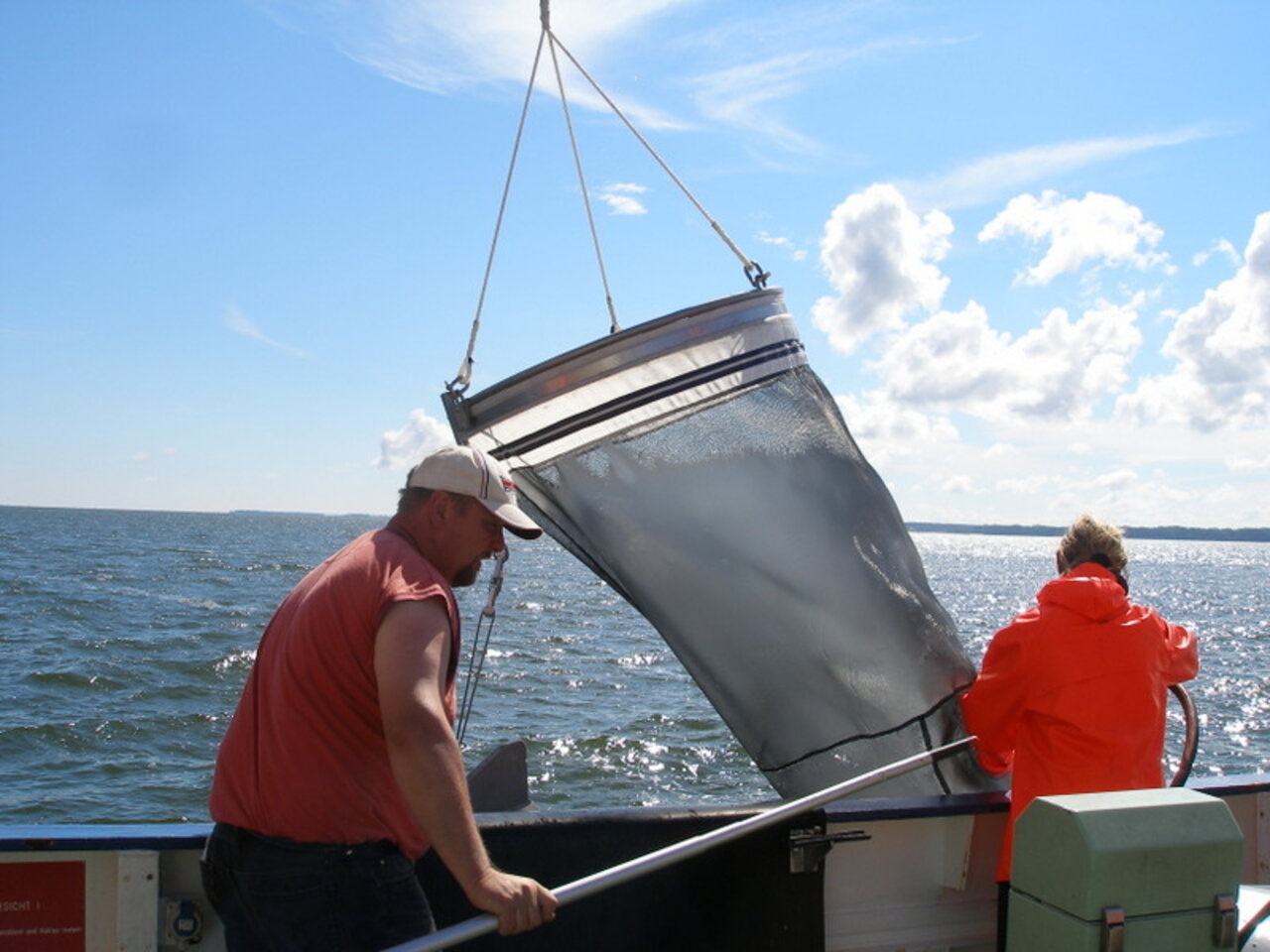Project
BONUS Project INSPIRE

BONUS Project INSPIRE: INtegrating SPatIal pRocesses into Ecosystem models for sustainable utilization of fish resources
The aim of INSPIRE is to substantially improve knowledge for a sustainable utilization of commercial fish species in the Baltic Sea. Fish species such as herring, sprat, cod and flounder are also ecological key species in the ocean's food web. Present knowledge gaps exist at mechanisms of spatial distribution of fish life stages, on the effect of climate change and exploitation on ecosystem structures and functions including the perception of these stressors in current stock assessments.
Background and Objective
The scope of the project is to understand habitat requirements of commercial target species at different ontogenetic stages. This is necessary to provide a scientifically sound data base for national and international ecosystem management. The current stock assessments and ICES benchmark working groups identified crucial knowledge gaps. The aim of INSPIRE is to address those shortcomings and improve the ICES data base by directly improving the base line of EU-fishery assessment. On the long run fishery as well as agencies, consumers and last but not least the Ocean ecosystems will profit from improved assessment models for Baltic Sea fish stocks. This will enable us to increase sustainability of fish resources. The aim of the workpackage 3 in INSPIRE is to understand the specific impact of regional areas on population dynamics and distribution of ecological and economical key stone species. A focus is the question how regional stressors are impacting early life stages and entire population dynamics. In current fishery - and coastal zone management severe knowledge gaps exist concerning the contribution of particular coastal nursery areas to population structures of marine fish stocks. A central question is how regional stressors (lokal storm events, coastal midification etc.) impact regional and over-regional population dynamics and fish distribution. The focus of our investigation is the impact of small- and mesoscale drivers and stressors for population dynamics of Western Baltic herring. In the framework of a dissertation project, the contribution of particular spawning areas ( lagoons, estuaries, bays and coastal waters) as well as potential impacts of regional stressors to herring population dynamics will be investigated.
Approach
We develop analytical methods to evaluate the contribution of different nursery areas to herring population structure in the Western Baltic Sea (e.g. using otolith chemistry to track certain pollution signals). Furthermore, we investigate local causes of natural mortality of herring eggs- and larvae as well as their impacts on overall population dynamics.
Results
For specific results please visit the project homepage.
Links and Downloads
www.bonusportal.org/bonus_projects/viable_ecosystem_projects/inspire
Thünen-Contact

Involved Thünen-Partners
Funding Body
-
Federal Ministry of Research, Technology and Space (BMFTR)
(national, öffentlich) -
European Union (EU)
(international, öffentlich)
Duration
2.2014 - 1.2018
More Information
Project funding number: 03F0681B
Funding program: EU – ERA-NET BONUS
Project status:
finished

![[Translate to English:] [Translate to English:]](/media/_processed_/d/7/csm_Startseite-OF_03_c0dfd6e750.png)
![[Translate to English:] [Translate to English:]](/media/_processed_/a/3/csm_20181116-151457-Stella-Jerome-Fischfalle-Warnem%C3%BCnde-Dorsche-im-Netzk%C3%A4fig-5691_heller_3050c72fa2.png)





